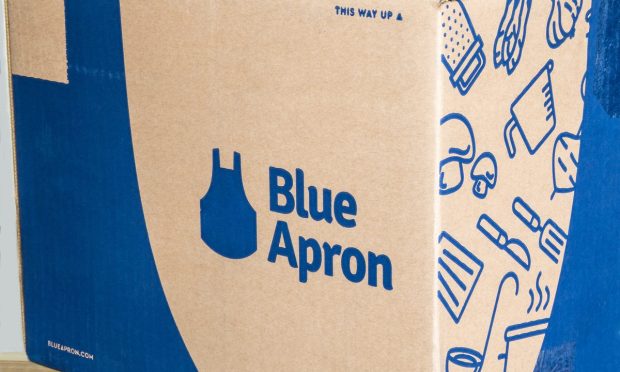Blue Apron Willing to Lose Customers to Boost Profitability

As Blue Apron looks to improve its margins, the company is making some difficult tradeoffs.
On a call with analysts Thursday (March 16) discussing the meal kit provider’s fourth-quarter and full-year 2022 earnings, the firm shared that, in its efforts to pull the company out of its financial hole by improving profit margins, it is compromising on customer acquisition and, to an extent, retention.
“Our focus on profitability is expected to put pressure on our top line revenue and customer numbers in 2023,” CEO Linda Findley said. “This is not to say that we are deprioritizing revenue and customer growth, but rather focusing our business objectives to support our path to profitability in the near term.”
In fact, the number of customers fell 11% year over year and 8% relative to the prior quarter, which the company attributes both to a decrease in marketing spending and to consumers’ inflation-related belt-tightening. Granted, the remaining customers were of higher value. Average revenue per customer grew 12% compared to the prior year and 5% to the prior quarter.
Findley noted that the company has shifted its marketing spending from media buys intended to boost awareness to promotional efforts meant to address consumers’ initial anxieties about the price of meal kits, from which point the company can upsell those customers down the line.
“People are very price sensitive at the beginning of trying a meal kit, and then once they’re in, they are far less price sensitive,” she said. “We have the ability to say, ‘Let’s target fewer customers with a better promotion, bring them in, and then the lifetime value gets higher.’”
She added that, once customers are in the fold, it is easier to get them to spend more, encouraging them to spring for add-ons, higher-priced recipes, and options to customize meals to their individual preferences.
Notably, as Blue Apron’s customer base shrunk over the course of 2022, the share of consumers overall who were purchasing meal kits actually grew, according to PYMNTS data from the study “12 Months Of The ConnectedEconomy™: 33,000 Consumers On Digital’s Role In Their Everyday Lives,” which draws from responses from tens of thousands of U.S. consumers over the course of the year. The report notes that the share of consumers who reported making purchases from online subscription services that deliver meal kits rose from 25% in December 2021 to 31% in November 2022.
While Blue Apron may be spending less on media, the company continues to seek ways to reach new customers through partnerships with companies such as Walmart, Amazon and DoorDash.
Most recently, the meal kit provider announced Tuesday (March 14) the launch of its Blue Apron PLUS program via Verizon’s +play subscription management platform — the only meal kit available through the platform so far — offering deals and savings to Verizon customers.
“The partnership will allow us to tap into a new and engaged customer base,” Blue Apron Chief Revenue Officer Amber Minson said in a statement.
Findley noted on the earnings call that these kinds of partnerships have enabled the company to “unlock efficiencies” in marketing, part of the ongoing effort to boost profitability.
Still, margins remained down slightly year over year and up just 2.7% relative to the prior quarter, while revenue was down roughly the same amount compared to Q3 and was about the same as the year before.

